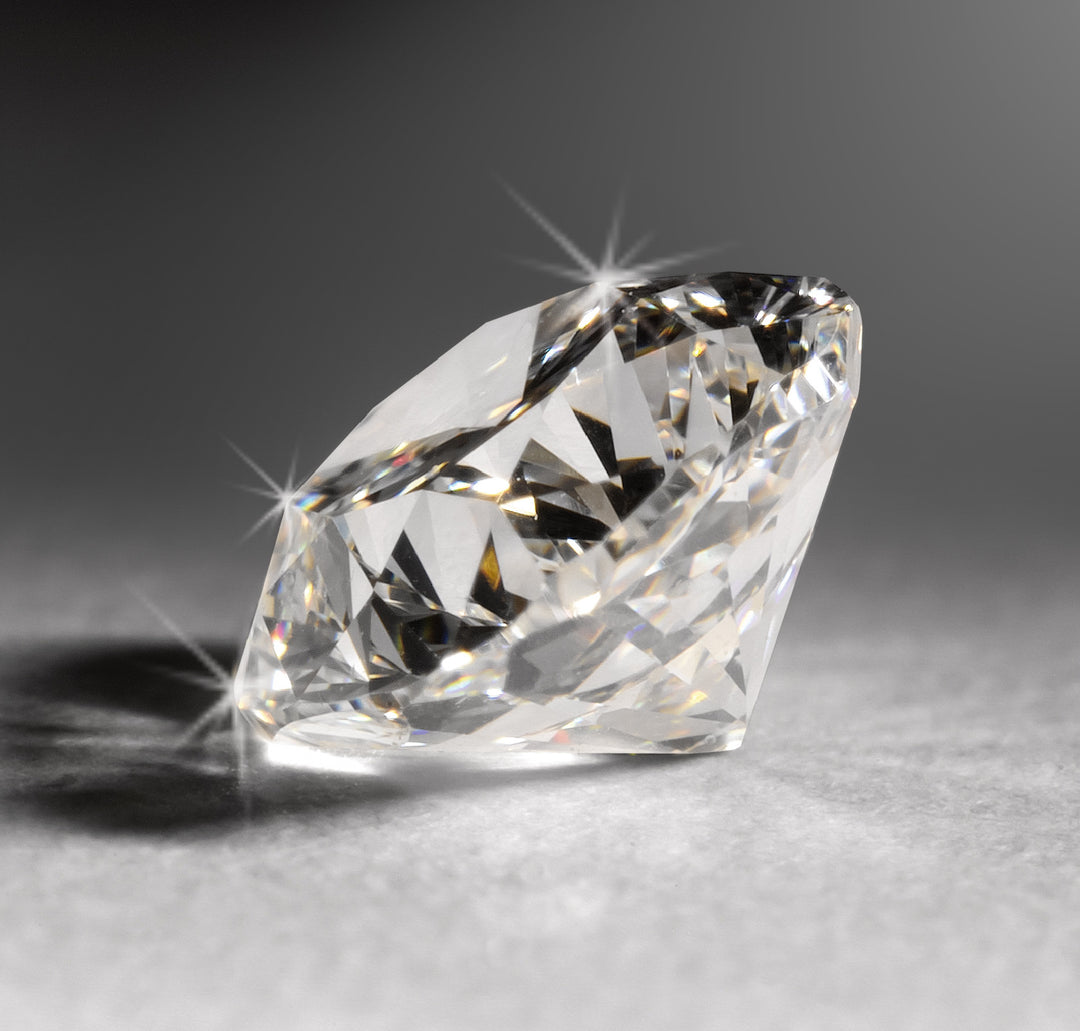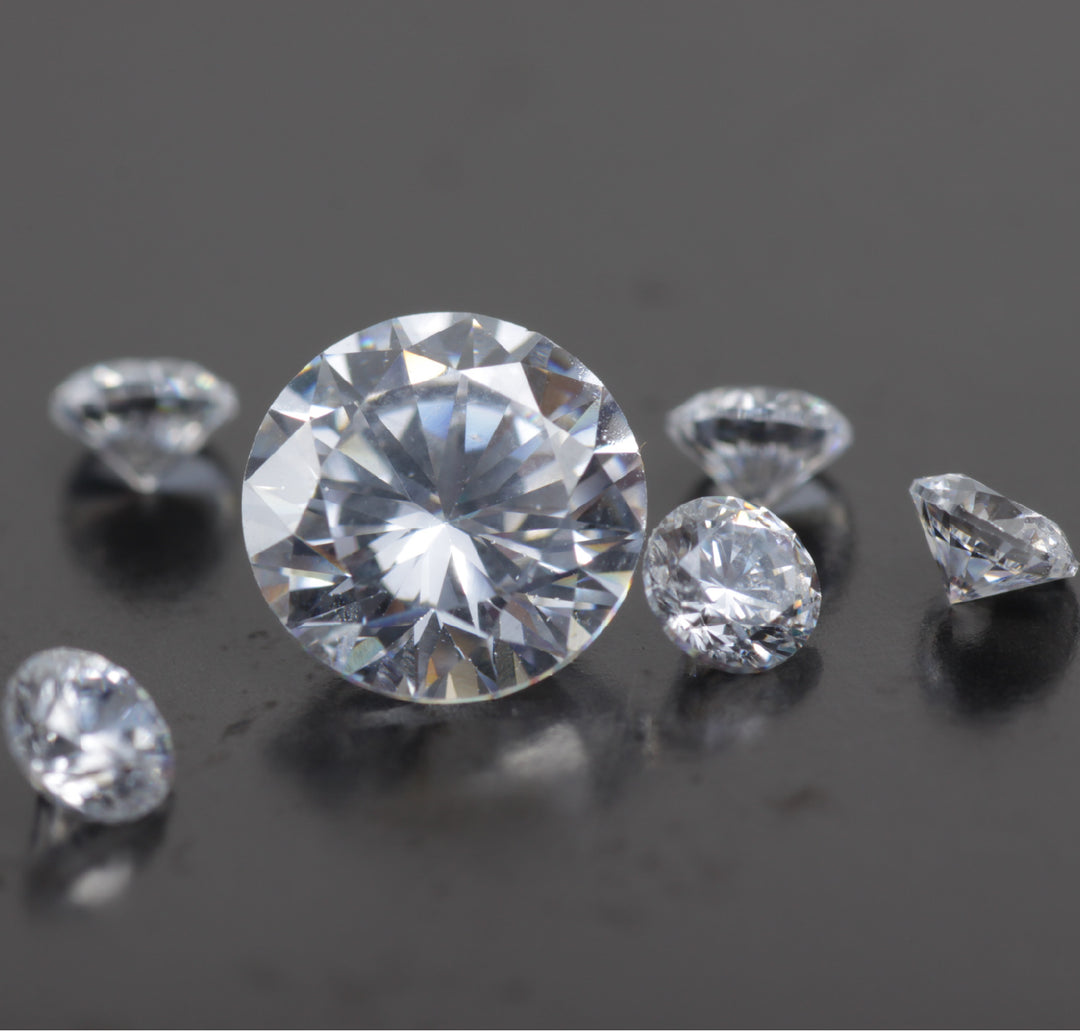

Formation: Natural diamonds are formed deep within the Earth's mantle, typically at depths of 140 to 190 kilometres (about 87 to 118 miles). They are created under high pressure and temperature conditions over billions of years through a process called "crystallization."
Rarity: Despite being one of the most coveted gemstones, natural diamonds are relatively rare. Only a small fraction of diamonds mined worldwide are of gem-quality, suitable for use in jewellery. The scarcity of large, high-qualityiamonds contributes to their high market value.
Colour: Natural diamonds come in a wide range of colours, including colourless (white), yellow, brown, blue, green, and rare colours like red and pink. The Gemmological Institute of America (GIA) grades diamonds on their colour, with the most prized being colourless or near-colourless stones.
Clarity: Diamonds may have internal or external characteristics known as "inclusions" and "blemishes." The clarity of a diamond refers to the absence of these imperfections. The GIA grades diamonds for clarity, with "flawless" being the highest grade.


Cut: The cut of a diamond refers to how well it has been shaped and faceted. A well-cut diamond reflects light brilliantly, enhancing its sparkle and overall beauty. The GIA grades diamonds for cut quality, considering factors like proportions, symmetry, and polish.
Carat Weight: The weight of a diamond is measured in carats, with one carat equal to 200 milligrams. Larger diamonds are rarer and, thus, more valuable. However, the overall quality (colour, clarity, and cut) also influences a diamond's value.
Natural vs. Lab-Grown Diamonds: In recent years, advancements in technology have made it possible to create diamonds in laboratories with properties identical to natural diamonds. These lab-grown diamonds are chemically and optically the same as natural diamonds. While natural diamonds are formed through geological processes, lab-grown diamonds are created in controlled environments.
Ethical Concerns: The natural diamond industry has faced challenges related to ethical sourcing, including the issue of conflict diamonds. Consumers interested in purchasing natural diamonds can support ethical practices by seeking diamonds certified through the Kimberley Process and from reputable jewellers with transparent supply chains.

Whether purchasing natural diamonds for their beauty or considering them as an investment, it's essential to understand the characteristics, grading factors, and ethical considerations associated with these exquisite gemstones.
At Wedstones we offer both natural & lab-grown diamonds.

